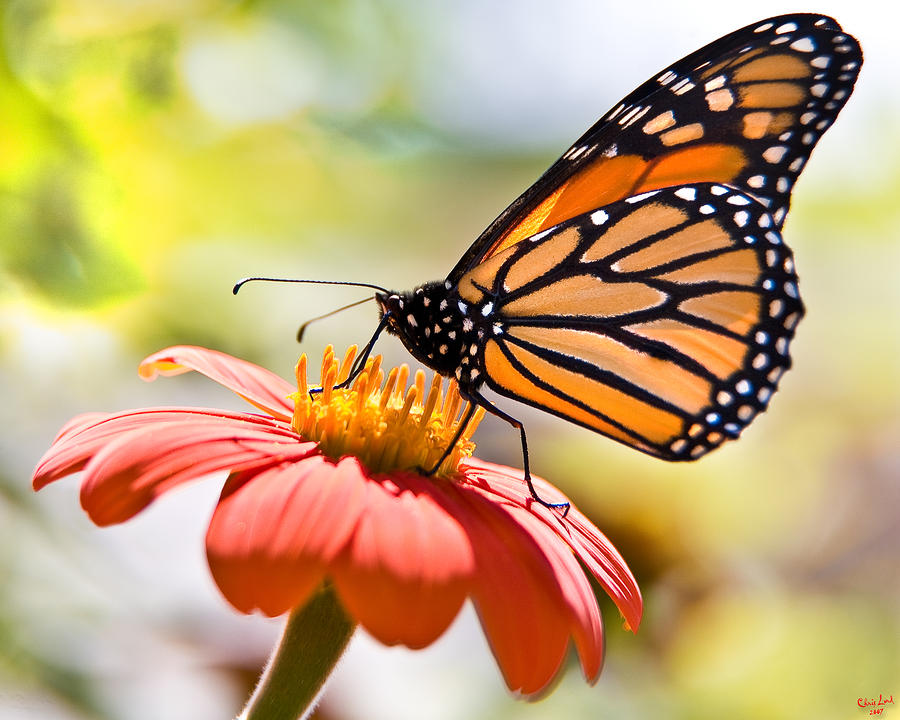
Lesson Plan
Unit
Topic or Theme: Life Science- Life
Cycles
Grade: 4

Lesson Objectives:
The student will be able to identify the steps of the life
cycle of a monarch butterfly.
Instructional
Technique: class
discussion, website (http://www.bgfl.org/bgfl/custom/resources_ftp/client_ftp/ks1/science/hamshall/life_cycles/images/lifecycleflash.swf)
Instructional
Materials: KWL
(What you Know, What you Want to Know, What
you Learned) chart, handouts
Theoretical
Perspective: It is
important to learn about the world and the things that live in
it with us. Also, is important for kids to learn that
everything, including humans, go through a life-cycle.
Procedure:
A: Introductory Activity
·
Have students work in partners to fill
out a KWL chart. Children should only be filling out the first two
columns (know and want to know).
B: Step-by-step
1. Students
work in partners to construct the first two parts of a KWL chart
2. Further
introduce the students to this topic by reading an informational
text about it
3. In
groups of two, have students go to the interactive website.
4. Make
sure students are reading the extended information on each step of
the lifecycle
5. Once
students are familiarized with each step of the lifecycle, their
next task is to complete the worksheet with their partner.
Students should explain each part of the lifecycle.
6. Once
students complete their worksheets, have the class come back
together and present their knowledge of the lifecycle of the
butterfly based on the worksheets.
7. Fill
in the ‘learned’ part of the KWL chart for homework
8. Students
present their finished charts as a class and share what they have
learned
C: Closure
·
After students complete homework of
finishing the KWL chart the night after the lesson, as a class the
students should present what they filled in on their KWL charts to
share information they learned.
D: Adaptions for different learners
·
Students who have a hard time with fine
motor skills should be able to use iPads instead of computers and
a mouse
·
Students who struggle with reading should
be paired with a student that is above or at reading level
E: Homework
·
Fill in the ‘learned’ part of the KWL
so that this information can be shared as a class the next day
Evaluation:
A:
How/ when will you determine if you have met your objectives?
·
The students will come in with his/her
KWL charts and we will share what they have as a class.
·
At the end of the unit, there will be a
small test where they will have to fill out a form exactly like
this one.
B: Concerns or questions you have about teaching this
lesson?
·
One concern would be the freedom of
having the internet at their finger tips where they could go onto
any website in a matter of seconds while I am helping another
student.
·
Having the students working in
partners could be more of a distraction than an aid.
|
||